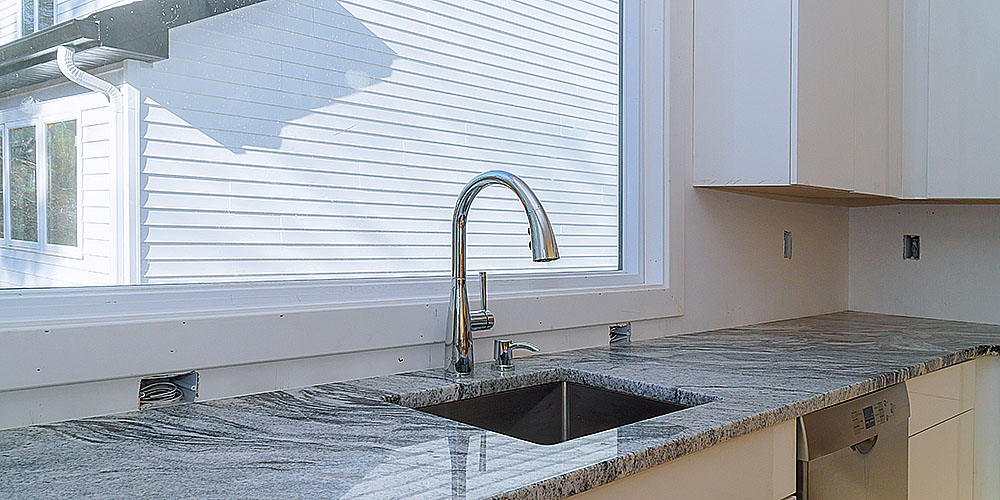Clean water is a basic commodity and necessary for all people. If you’re confused as to what methods are used for purifying water, then here is everything you need to know about a reverse osmosis and water softener system.
Water Softener
What Is It?
Water softening is a process that uses the mechanism of chemical reactions to make hard water soft in nature. Soft water has less calcium and magnesium in it and that can be achieved with a water softener.
It is a basic ion exchange process and it allows the heavy metal ions to be replaced with neutral ions. This can lead to the alteration of the taste in the water, but it’s not that bad. Mainly, the water can taste a bit saline, because one of the main exchange ions used in a water softener is sodium.
Main Function
A water softener works on the basis of an ion exchange process. Hard water is mainly fed through a water softener. Hard water has a lot more calcium and magnesium in it and it doesn’t allow any soap and detergent to be lathered up nicely. It can also lead to yellow and white stains on the sink, dishes, and even the clothes.
A water softener has neutral ions which can be replaced by calcium and magnesium. Mainly, the exchanging ions are sodium and other compatible ions with calcium and magnesium. At the end of the water softener, you will have soft water ready for any type of use around the house.
Is It Worth It?
Water softeners are worth it if the supply water is hard in nature. This can be identified by a simple water test and you can find out the composition of the water easily. A water softener doesn’t have any further use, other than softening the hard water by ion exchange.
If your water needs filtration, on the other hand, then a water softener might not be the best choice and you will need a more elaborate filtration system for the removal of particles and dirt from the dirty water.
Reverse Osmosis
All About Reverse Osmosis
Reverse osmosis is a type of water filtration process, which uses a membrane. The difference between a normal membrane and a membrane in reverse osmosis is that the one in reverse osmosis is semi-permeable. This means that it allows for specific sizes of particles to be held back and the rest can flow out of the system easily.
Reverse osmosis can remove all types of water contaminants, metals, and other suspended particles in the water, giving you clean, pure, and tasteless water at the end. This is one of the biggest advantages of reverse osmosis, that it doesn’t impart any weird taste to the water.
Mechanism Of Reverse Osmosis
Reverse osmosis works on the mechanism of a semi-permeable membrane. This membrane has pores of different sizes and it allows for specific particles to pass through and others to be held back. This is a filtration method but it is better than a normal filter, because of the semi-permeable membrane.
This membrane is a singular filter for almost all types of metals, contaminants, and dirt. Also, it softens the water, since the membrane can remove calcium and magnesium from the water as well. So, it’s a good investment for clean water.
Reverse Osmosis – Do You Need It?
Reverse osmosis is perfect for you if the supply water in your home is contaminated and looks murky. Although it is an expensive installation, it is worth it than getting a filter and a water softener, because the water quality is way better as compared to that of other filtration methods.
If your water has an unpleasant smell and taste to it, then reverse osmosis can also eliminate that and give you odorless and tasteless water at the end of the process to help you avoid health issues. This is used in industries, houses, and other commercial areas, where clean water is necessary.
Conclusion
There you have it! Water softeners and reverse osmosis are both completely different things and now you know their main functions and uses. For softening hard water, consider water softener installation Erie. And to remove contaminants and purify water, use a reverse osmosis filter.


